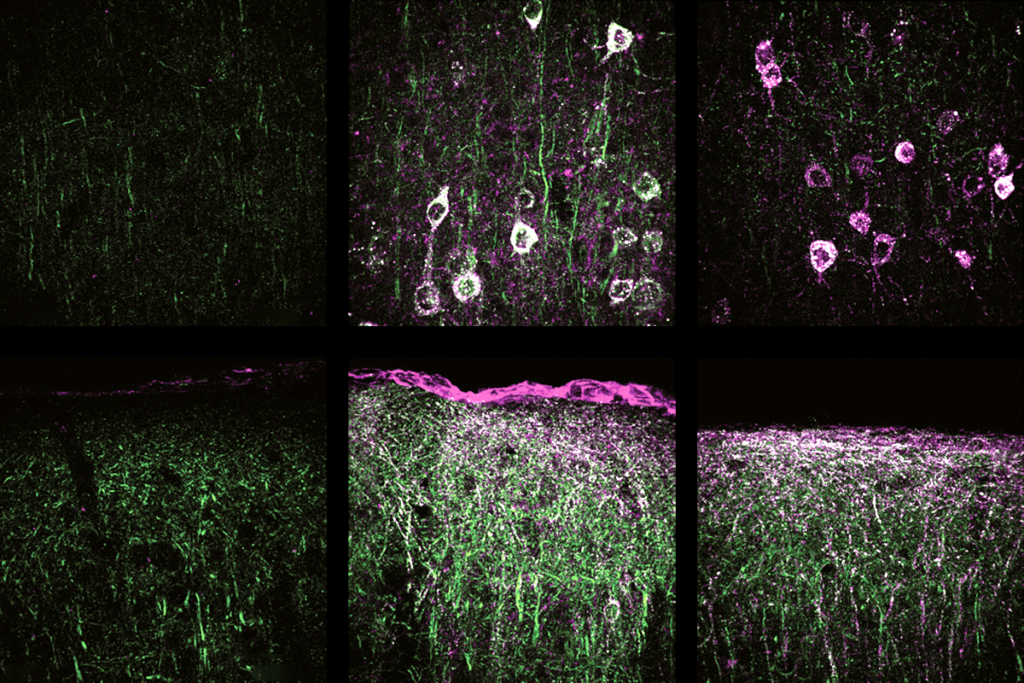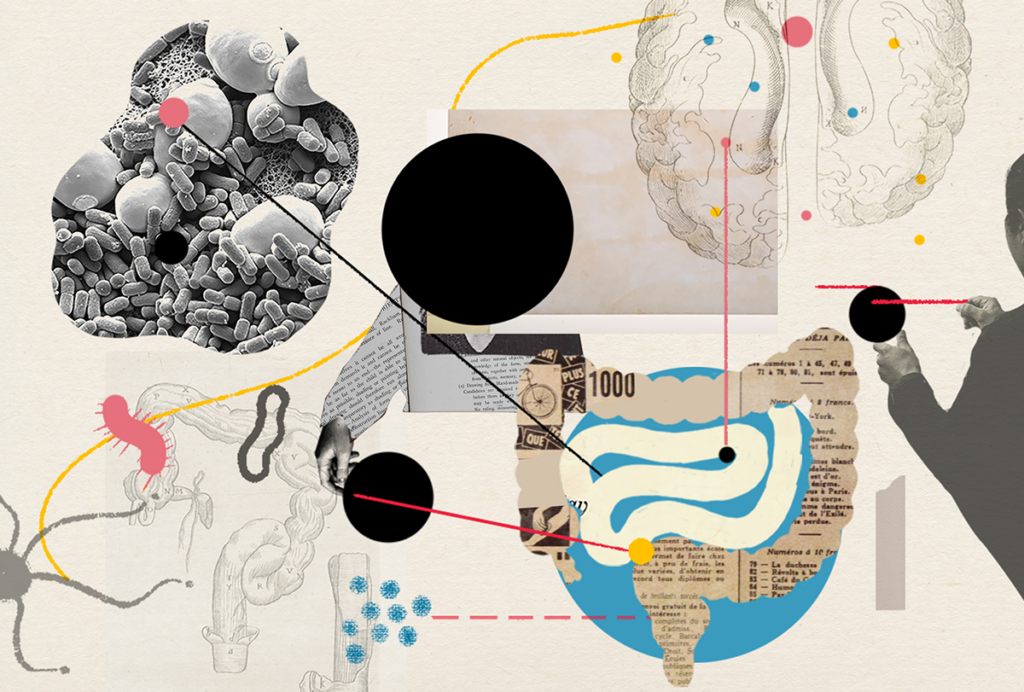Small plates
People with autism may be picky eaters because they are hesitant to try new things, but also because they may have an atypical sense of taste.
Daniel, a 6-year-old boy with autism, eats only six foods: a certain brand of pizza, French fries, chicken nuggets, ground beef, ketchup and vanilla ice cream. When his parents try to give him something different, he cries, screams and sometimes even runs out of the room.
This description is apparently typical of many children who have autism. But what’s less clear is what underlies this tendency.
One of the three core domains of autism is restricted interests, which I can see at least partly explains why children with the disorder are hesitant to try new foods. But animal scientist and autism advocate Temple Grandin and others argue that the heightened sensory sensibilities in many individuals with autism could make trying new foods difficult and even unpleasant.
Two studies published in the past two months in the Journal of Autism and Developmental Disorders suggest that restricted interests and unusual tastes may both contribute to picky eating. They also suggest that with the right incentive, children like Daniel may be persuaded to try new foods.
In the first study, published 18 October, researchers found that foods taste different to adults with autism than they do to controls.
Researchers gave 23 adults with autism and 26 controls paper strips embedded with bitter, salty, sweet and sour tastes. Each individual sampled four different concentrations of each flavor and then identified the taste from one of the four options. Both groups also occasionally described the strips as having ‘no taste’ even though this wasn’t one of the choices.
Overall, the participants with autism were less accurate at identifying tastes compared with the controls, the study found. They had trouble identifying bitter, sour and sweet tastes and tended to misidentify flavors as either salty or having no taste at all.
But despite these sensitivities, parents can successfully encourage children to try new foods, according to the second study, published 1 November.
In the study, three children, including Daniel, were rewarded for trying to eat 15 new foods, such as cherries and oranges. The children themselves chose the reward. For example, Ken’s parents told him that all he needed to do was touch the food to his lips and then he could watch a video.
After about 12 weeks of this intervention, Daniel had more than doubled the number of foods he would eat, including grilled cheese and fried ham, the study found. In the seven weeks following the intervention he continued to eat these and added eight other foods, with only praise as a reward. The other two boys also willingly ate 15 and 16 new foods each.
Restricted eating obviously can be unhealthy and can lead to chronic health problems. For example, obesity and gastrointestinal difficulties are both common among individuals with the disorder.
These problems may now be less of an issue for Robbie, one of the boys in the study, who discovered fruit during the intervention. According to one of the tables in the study, his reaction to cherries progressed from responses such as “No, I don’t want it,” to “Mmm, Mmm, mmm… cherry tastes good! Woo hoo, now I like cherries!”
Recommended reading

Gene replacement therapy normalizes some traits in SYNGAP1 model mice

Going against the gut: Q&A with Kevin Mitchell on the autism-microbiome theory
Explore more from The Transmitter

Neurophysiology data-sharing system faces funding cliff

